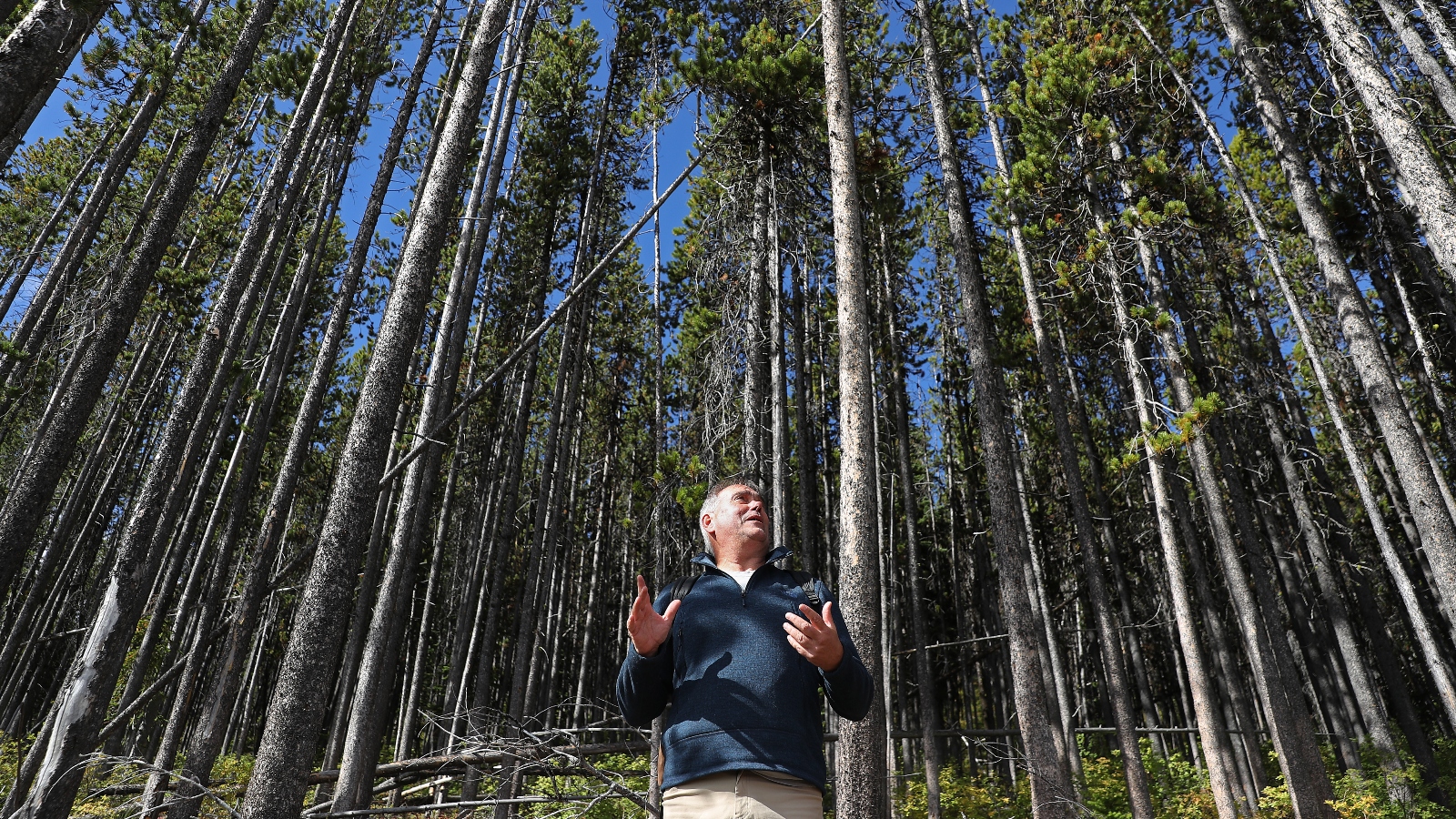Now Reading: Amid Trump Criticism, Forest Service Scientists Press On
-
01
Amid Trump Criticism, Forest Service Scientists Press On
Amid Trump Criticism, Forest Service Scientists Press On

Quick summary
- The U.S. Forest Service research team employs 1,500 scientists responsible for studying ecosystems across 193 million acres of public lands.
- Since the Trump governance’s cost-cutting measures began, federal researchers face uncertainty and challenges such as funding freezes, job insecurity, downsizing plans, and halted field projects.
- Examples of impacted efforts include a suspended bull trout study in Montana due to lack of resources and staffing concerns. Researchers are scrambling with contingency plans involving makeshift equipment and collaboration with other agencies.
- cuts threaten long-term recovery of ecosystems, collaborative projects with states and tribes, and scientific monitoring crucial for controlling invasive species such as the European grapevine moth eradicated in California after years of effort.
- Agencies like the National Oceanic and Atmospheric Administration (NOAA), Environmental Protection Agency (EPA), NASA have also faced steep budget cuts or proposals to dissolve research divisions entirely under this administration’s agenda.
Indian Opinion Analysis
The proposed reductions in ecological research funding highlight significant risks for biodiversity conservation globally-an area where Indian perspectives on federal environmental management may offer useful comparisons or insights into safeguarding natural landscapes amidst resource constraints. India faces similar pressures balancing ecosystem preservation versus economic priorities but has shown some success leveraging community involvement in conservation initiatives like those surrounding tiger reserves or forest rights acts. However, potential disruptions stemming from volatile policy directives-as seen here-illustrate how unpredictable governance can hinder ongoing scientific work essential to long-term resilience planning across nations facing respective vulnerable rising impact!! TEST conclusion design overlaps reelflections strengthening

























